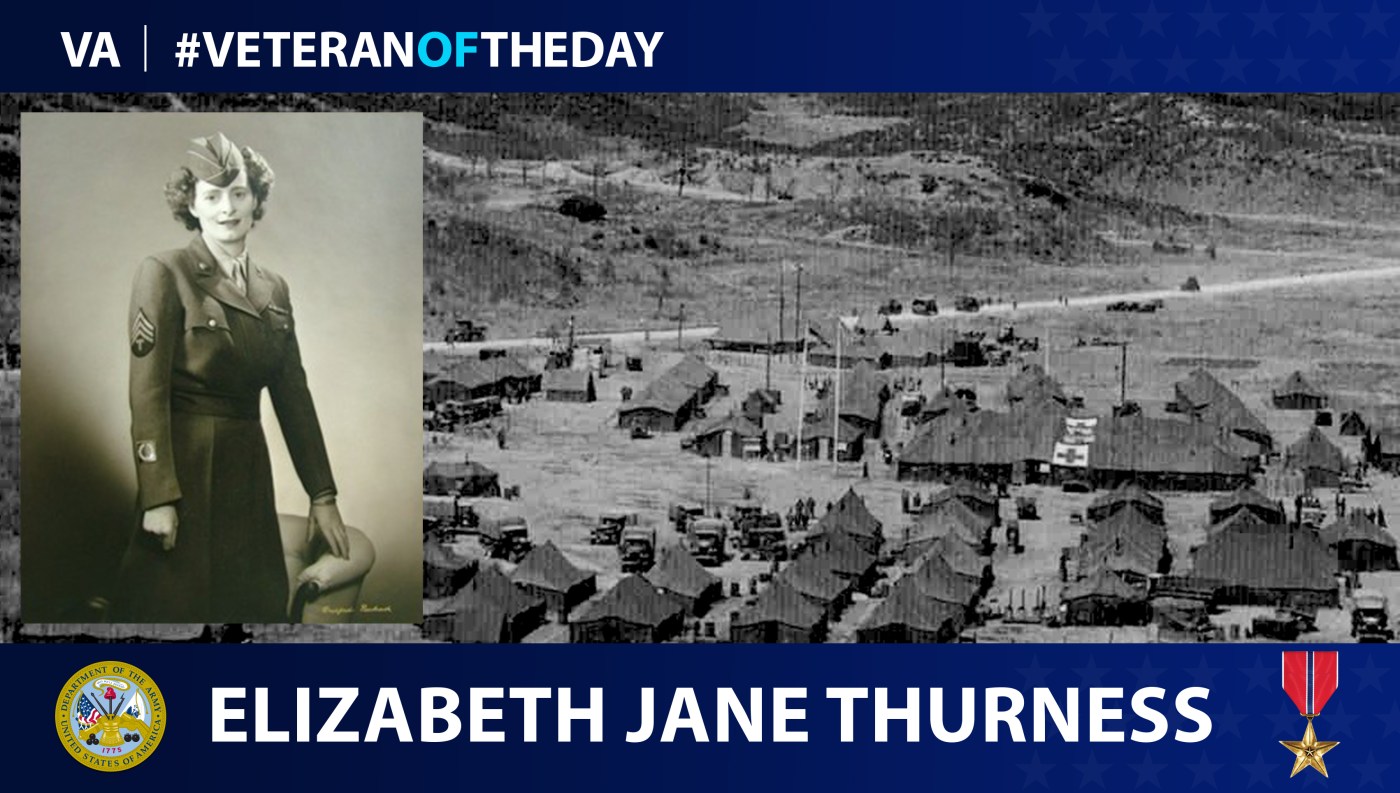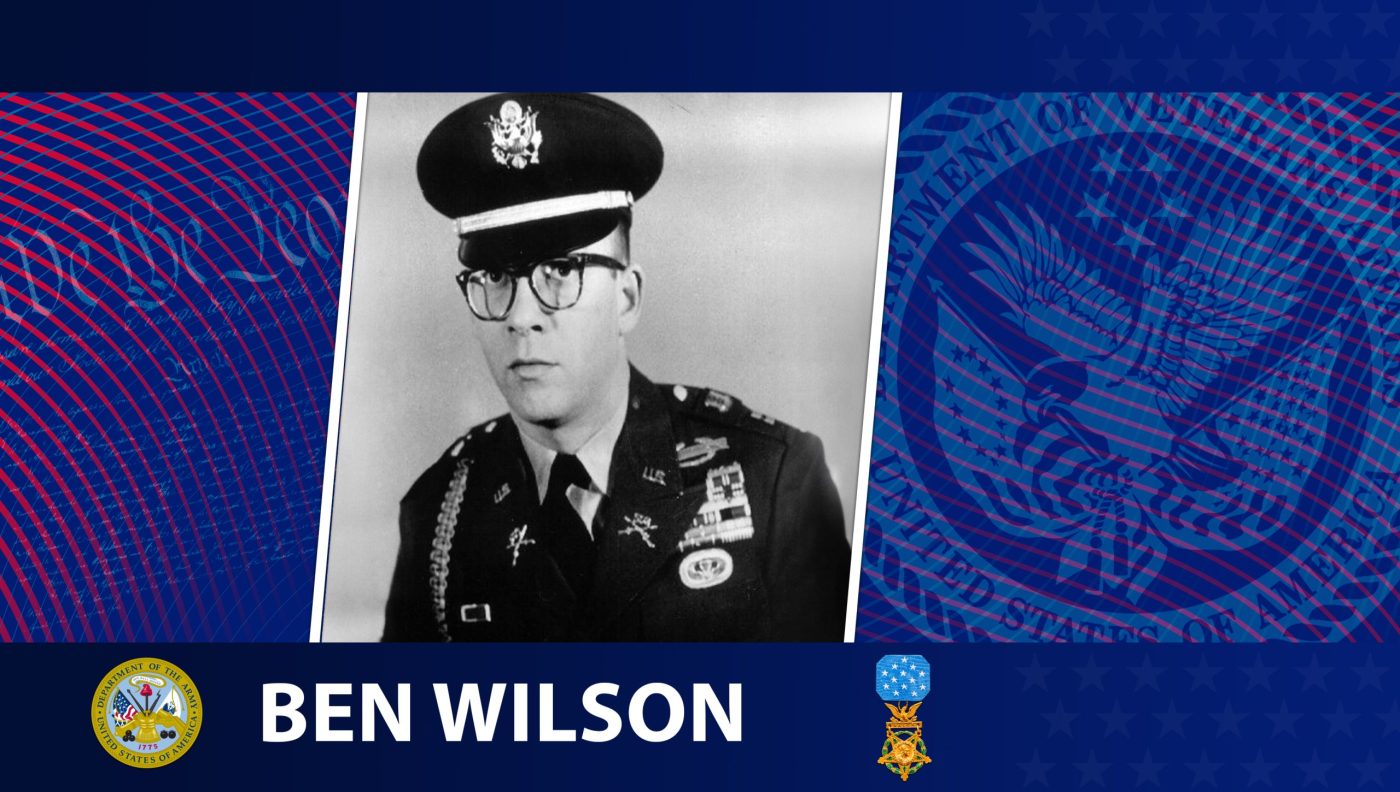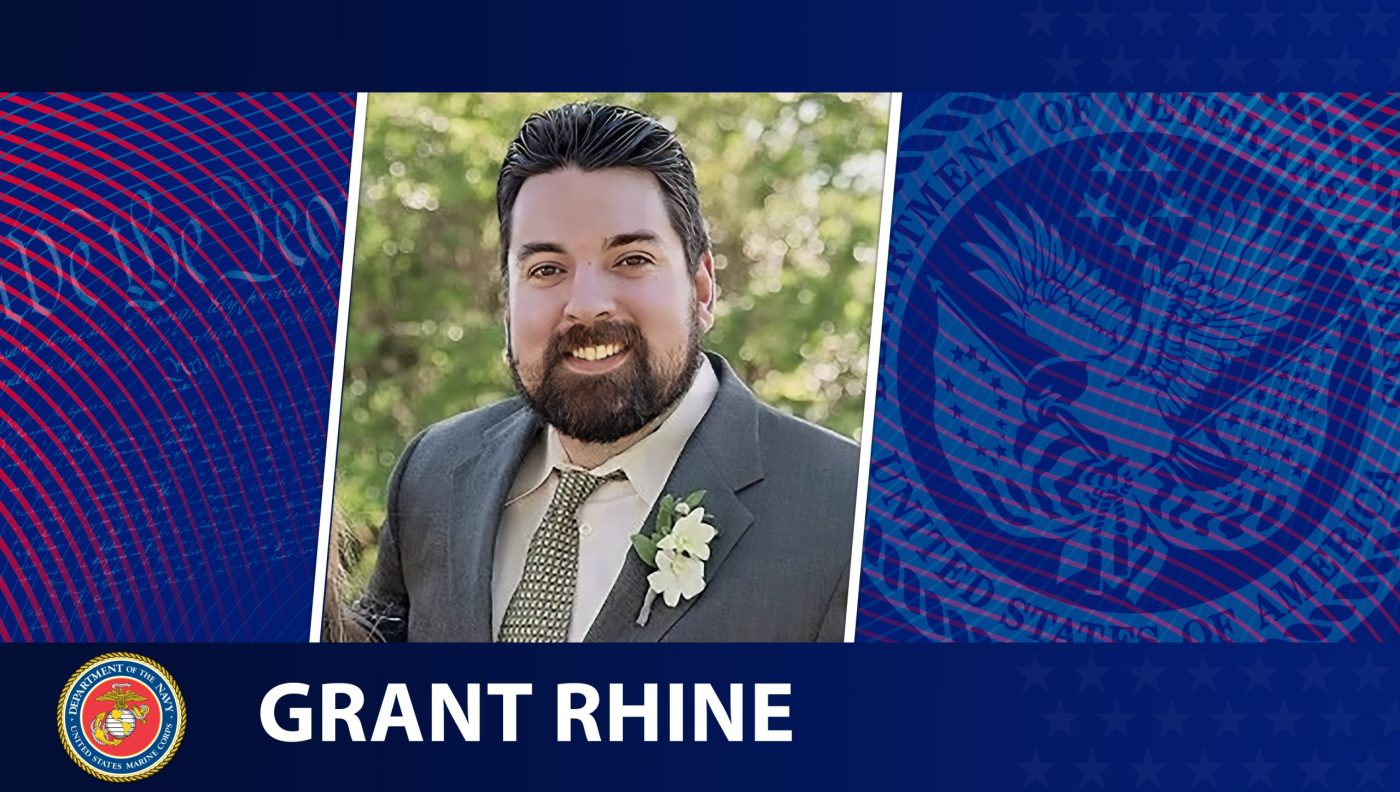
Today’s #VeteranOfTheDay is Army Veteran Elizabeth Jane Thurness, who was one of the inspirations for a character on the television series M*A*S*H.
After graduating from Ohio State School of Nursing in 1936, Elizabeth Jane Thurness worked as a district nurse for the city of Columbus, Ohio. In March 1941, she enlisted in the Army and commissioned as a second lieutenant.
During World War II, Thurness served as a nurse in Iceland, England, Germany, France and Austria. She worked in both evacuation hospitals and assisted victims rescued from concentration camps. One of Thurness’s final deployment destinations in Europe was in Austria, where she nursed prisoners from the Nazi concentration camp in Ebensee. After World War II, Thurness transferred to Japan to care for those injured in the blasts at Hiroshima and Nagasaki.
Upon her return to the United States, Thurness received specialized Army training to be a nurse anesthetist. In 1950, that training led her to the Korean War, where she deployed as one of 13 Army nurses assigned to the First Mobile Army Surgical Hospital. During the war, Thurness helped care for 120 severely wounded civilians in a makeshift clinic. As a specialized Army nurse, Thurness followed the mobile hospitals along the front lines that treated wounded soldiers.
In October 1950, she was with the 1st Mobile Army Surgical Hospital when it came under attack following its removal from Incheon to Busan, South Korea. Thurness was not injured during the attack and helped other uninjured nurses with treating the newly wounded. After the attack, in November, Thurness moved north to the Chinese border to treat wounded soldiers from the Battle of Chosin Reservoir. She remained there until the evacuation of Hungnam in December. For her work during the attack and throughout the war, Thurness later received a Bronze Star Medal.
After the Korean War, Thurness worked in a military hospital at Phoenixville, Pennsylvania, that specialized in treating burn victims. She also served for two years at a military hospital in Heidelberg, Germany. In 1957, she received her bachelor’s degree in nursing education from the University of Pittsburgh.
In 1959, Thurness became a nurse at Walter Reed Hospital in Bethesda, Maryland. She spent the remainder of her career there teaching doctors and working in anesthesiology. Thurness retired from the military in 1965 as a lieutenant colonel.
In popular culture, Thurness is considered to be one of three nurses who inspired the character Margaret “Hot Lips” Houlihan on the television series M*A*S*H.
Thurness died in 2003. She was 87.
We honor her service.
Nominate a Veteran for #VeteranOfTheDay
Do you want to light up the face of a special Veteran? Have you been wondering how to tell your Veteran they are special to you? VA’s #VeteranOfTheDay social media feature is an opportunity to highlight your Veteran and his/her service.
It’s easy to nominate a Veteran. All it takes is an email to newmedia@va.gov with as much information as you can put together, along with some good photos. Visit our blog post about nominating to learn how to create the best submission.
Veterans History Project
This #VeteranOfTheDay profile was created with interviews submitted to the Veterans History Project. The project collects, preserves, and makes accessible the personal accounts of American war Veterans so that future generations may hear directly from Veterans and better understand the realities of war. Find out more at http://www.loc.gov/vets/.
Contributors
Editor:
Fact checker:
Graphic artist: Robert McPherson
Topics in this story
More Stories
This week’s Honoring Veterans Spotlight honors the service of former MLB player and Army Veteran Richard “Dick” Groat, who served from 1953 to 1954 during the Korean War.
This week’s Honoring Veterans Spotlight honors the service of Army Veteran Benjamin F. Wilson, who served during World War II and the Korean War.
This week’s Honoring Veterans Spotlight honors the service of Marine Corps Veteran Grant Rhine, who is now active in the Veteran community Irreverent Warriors.







THIS VETERAN SERVED IN A COMBAT ZONE, SHE DESERVES THE V.
Often when someone hears “Bronze Star Medal,” they think heroic action in Combat. However, she was presented the Bronze Star Medal for “merit” in a combat area. The Bronze Star Medal for Valor (most people assume Valor) the metal has the “v” device when awarded for Valor.
Sad that there has to be a distinction between the two. Like the Navy Unit Commendation Metal has the same requirement as the Silver Star, but in this case, the difference is more prominent.
Vietnam 720,000 Bronze Stars were awarded 170,626 for Valor and 549,343 for achievement/service for Vietnam (the first time valor medals were tracked separately).
Operation Iraqi Freedom 2,459 for valor and 99,886 for achievement/service.
I am speaking of difference and confusion. The Navy Commendation Medal (now the Navy-Marine Corp Commendation Medal) This Medal is awarded both for Valor and for achievement/service; the difference is the same as the Bronze Star for Valor; it has a “V” device. The confusion is if the Valor was not in a combat situation, then the “V” device for Valor is not given. Make sense? No.
Representing the VA, you should know the answer. Let me offer what I believe happened. Years ago, someone said the “V’ device was like the Bronze Star in Combat. In the case of the Navy Commendation, it is not a combat award; it is for recognizing Valor. There is such a thing as Valor not involving Combat.
Sorry for the trip down memory lane.
Congratulations to Army Veteran Elizabeth Jane Thurness for Her meritorious service to Our Country. Semper Fi